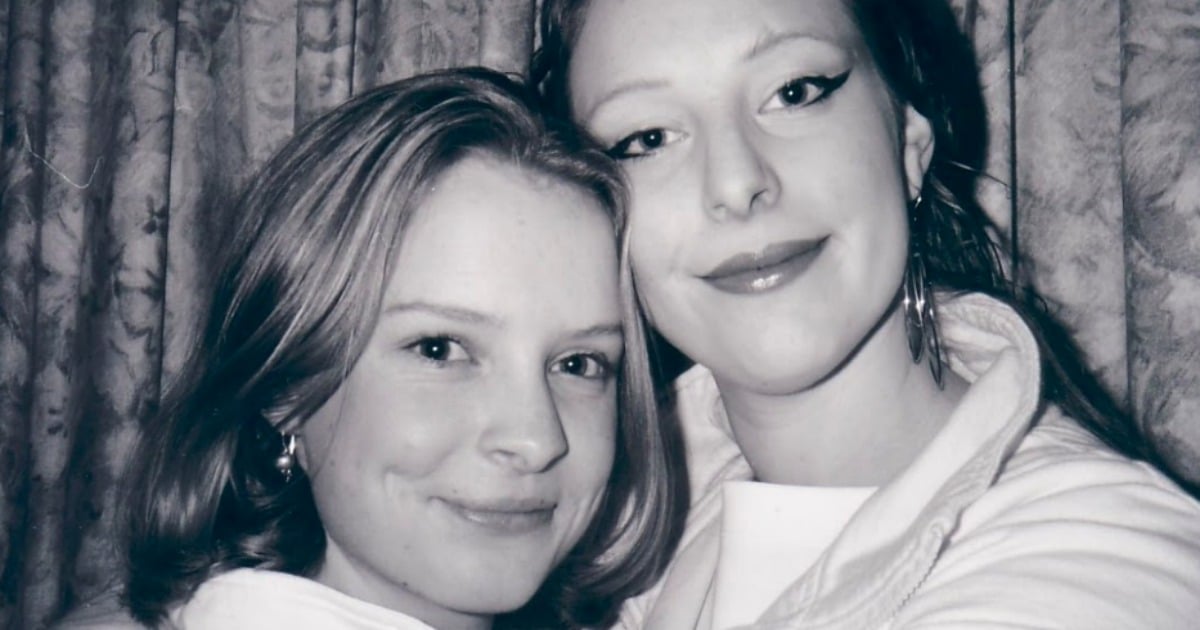Something I wear quite openly in most of my blog photos is a small tattoo on my left forearm. It’s the logo from a bottle of perfume from the 1920’s, which shares the name of my late sister, Maja (pronounced: May-ah). Often I find that when people spark up a conversation with me about the tattoo, they become apologetic when they realise it’s related to her death and they feel bad about talking about it, but it’s something that we really, really need to talk about.
My sister died from complications when she went into a labour. We lost both her and her unborn son Oliver. She had been married for under five months. She was 21 years old, a month out from her birthday and a week out from her pregnancy due date. She was at home alone in her house in Fremantle, her beautiful husband was at an airport in Johannesburg, waiting to fly home to her. She had refused offers to stay with the family we had in Perth in the last weeks of her pregnancy. We were thousands of kilometres away from her on the other side of the country.
My parents picked me up early from a Karate class I was teaching that night. No one could get in contact with her. I sat quietly in the back of the car as we drove home, under the weight of that surreal question: ‘where is she?’.



Top Comments
Thank you for sharing your heartbreaking experience & thank you for bringing awareness to this condition.